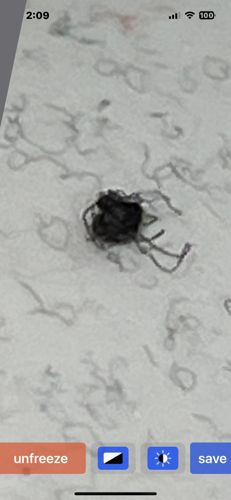Spider Beetle (likely Hairy Spider Beetle, Ptinus villiger, or a similar species)
Scientific Name: Ptinus spp. (e.g., Ptinus villiger, Ptinus fur)
Order & Family: Order: Coleoptera, Family: Ptinidae (formerly Anobiidae subfamily Ptininae)
Size: Typically 2-5 mm in length

Natural Habitat
Found in human structures such as pantries, warehouses, museums, and old buildings where food products or other organic materials are stored. They prefer dark, damp, and undisturbed locations.
Diet & Feeding
Polyphagous; they feed on a wide variety of dry organic materials, including grains, seeds, dried fruits, animal products (e.g., dried meat, wool), spices, and museum specimens. They are known as pantry pests.
Behavior Patterns
Spider beetles are typically nocturnal and are attracted to light. They are often found in dark, undisturbed areas. Females lay eggs on food sources, and larvae develop within the food.
Risks & Benefits
Potential Risks: Significant stored product pests, causing damage and contamination to various food items, textiles, and collection materials. They can infest a wide range of dry goods in homes and commercial settings. They are not known to bite humans or transmit diseases. Potential Benefits: In natural ecosystems, some species may play a role in decomposition, though they are primarily known for their pest status in human environments.
Identified on: 8/29/2025